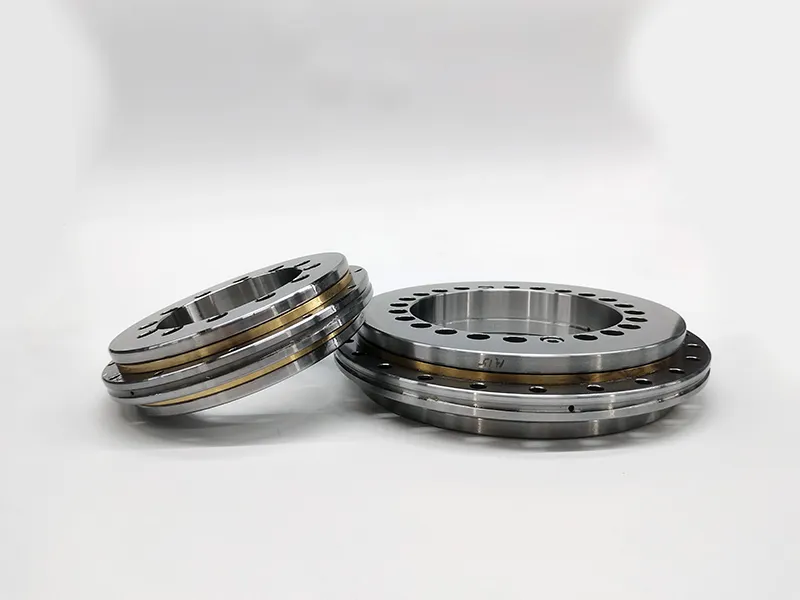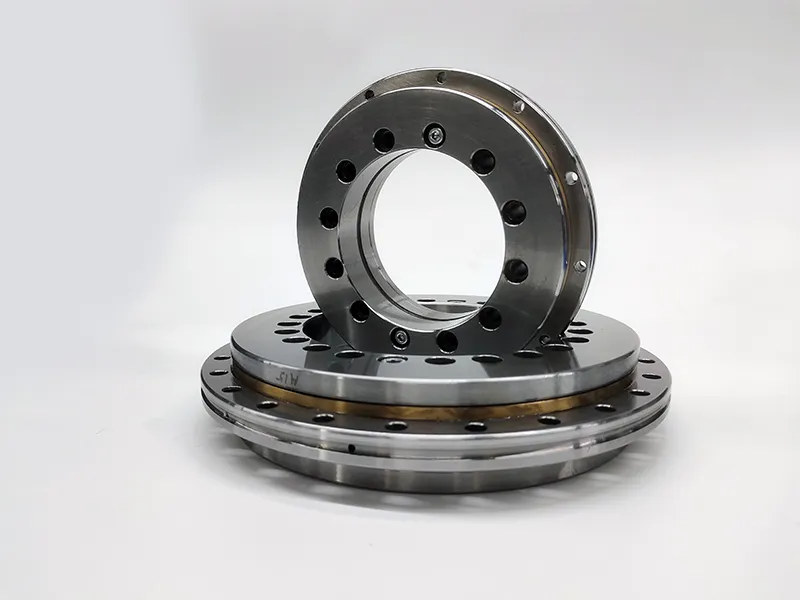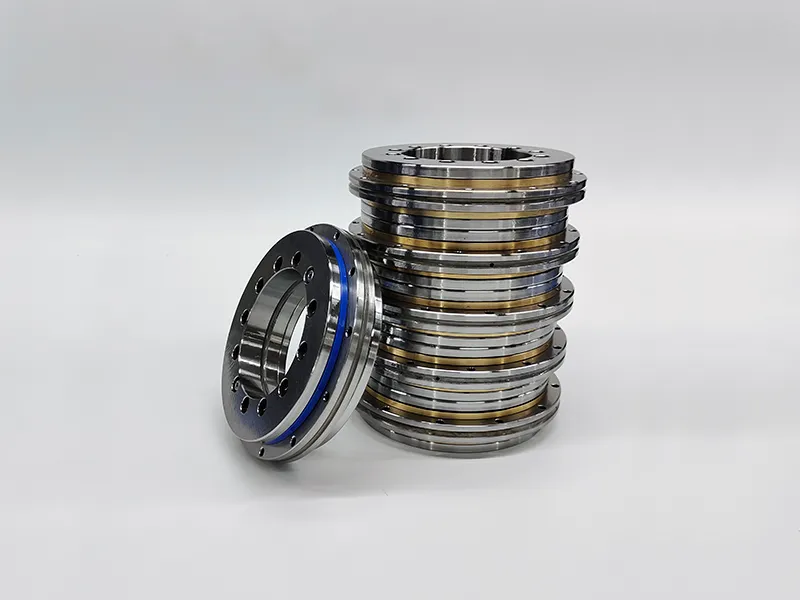Installing rotary table bearings involves careful handling and precise procedures to ensure the proper functioning of the rotary table. Rotary tables are commonly used in machining applications for indexing and positioning workpieces. The installation process may vary depending on the specific design and type of rotary table bearings.
Rotary table bearing installation process

-
Tools and Equipment
-
Appropriate lifting equipment (if the rotary table is heavy).
-
Clean workspace and surface.
-
Torque wrench.
-
Bearings and associated components.
-
Lubricants specified by the manufacturer.
-
Alignment tools.
Rotary table bearing installation steps:

1. Prepare the Workspace:
-
Ensure that the installation area is clean and free of debris.
-
Make sure the rotary table and associated components are easily accessible.
-
Use appropriate lifting equipment if the rotary table is heavy.
2. Inspect Bearings and Components:
-
Inspect the rotary table bearings and associated components for any damage or defects.
-
Ensure that all components are clean and free from contaminants.
3. Apply Lubrication:
-
Apply the specified lubricants to the bearing surfaces as recommended by the manufacturer.
-
Ensure that the lubricant is evenly distributed and provides proper coverage.
4. Position the Rotary Table:
-
Carefully position the rotary table in the desired location.
-
Use alignment tools to ensure the table is properly aligned with other components or machine elements.
5. Mount Bearings:
-
Mount the rotary table bearings onto the designated locations on the table.
-
Ensure that the bearings are securely in place and aligned correctly.
6. Tighten Fasteners:
-
Gradually tighten the fasteners (such as bolts or screws) that secure the bearings to the rotary table.
-
Tighten the fasteners in a cross-pattern to ensure even pressure on the bearings.
-
Refer to the manufacturer's specifications for the recommended torque values.
7. Check Alignment:
-
Double-check the alignment of the rotary table and bearings.
-
Make any necessary adjustments to ensure proper alignment.
8. Verify Smooth Rotation:
-
Rotate the table by hand to verify that it moves smoothly without any binding or unusual resistance.
-
Check for any irregularities in the rotation.
9. Final Inspection:
-
Conduct a final inspection to ensure all components are installed correctly and securely.
-
Confirm that there are no loose fasteners or misalignments.
10. Secure Covers and Seals:
-
If applicable, secure any protective covers or seals over the bearings.
-
Ensure that these components are properly seated and sealed to prevent contamination.
11. Test Run:
-
Conduct a test run of the rotary table to ensure proper functioning.
-
Monitor for any unusual noises or vibrations.
Note:
The above steps are general guidelines, and it's crucial to follow the manufacturer's specific instructions and recommendations for the particular rotary table model and bearing type.
If you are not familiar with the installation process, it is advisable to consult the manufacturer's documentation or seek assistance from a qualified technician.
Proper installation is essential for the longevity and performance of rotary table bearings, so precision and attention to detail are critical.



